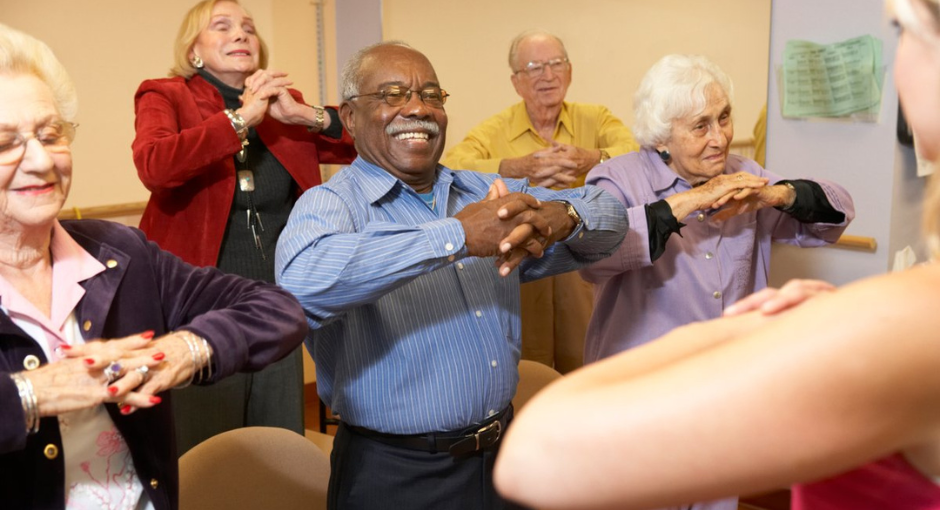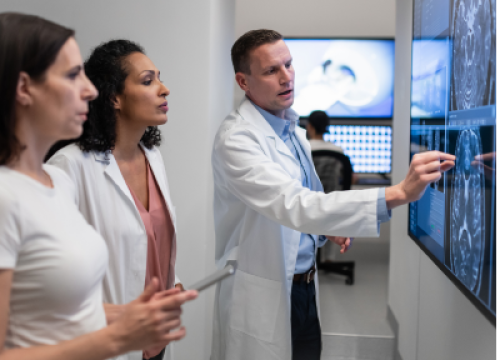Feel the Rhythm: Music Therapy and Parkinson's Disease

Every year, the top Parkinson’s experts from around the world who treat people with Parkinson’s at a Parkinson’s Foundation-designated Center of Excellence (a department or clinic within a hospital that specializes in PD) convene to discuss the latest Parkinson’s research and treatments. This article summarizes the 2018 Center Leadership Conference presentation on music therapy led by Concetta M. Tomaino, DA, LCAT, MT-BC, Executive Director and Co-Founder of the Institute for Music and Neurologic Function in New York City. Read the articles covering some of the other topics discussed: intimacy issues, new therapies in trial and oral health.
Music therapists are professionals who are academically trained and board certified to improve the everyday lives of their patients. More specifically, when people with Parkinson’s disease (PD) work with a music therapist they see improvements in movement symptoms, speech, cognitive issues and mental health. Through dance programs, choirs and drumming programs, music therapy helps people with PD maintain function, express creativity and experience a better quality of life.
Music therapy can help someone with PD with:
- Balance: Stride length, posture and side-to-side movement can improve with music therapy.
- Communication: Singing can increase volume and articulation, as well as swallowing function. Humming exercises can relax tense vocal folds.
- Cognition: Singing lyrics can improve memory issues. Music-based cues can help with recall, recognition and attention span.
- Mental Health: People with PD often experience anxiety, fatigue, sleep problems, depression and more. Music allows for self-expression and self-discovery that can combat these feelings.
- Social Isolation: Music therapy, particularly group activities, allow for building connections with others, which can help with isolation.
What does a Parkinson’s music therapy class consist of? Led by a music therapist, a group class generally begins with a vocal warm-up that can be accompanied with drumming or hand instruments. While each class varies, they can include singing songs while following lyrics displayed on a large screen, singing familiar songs to motivate participants and jog memories, and singing exercises. Music therapy can also include dancing or seated exercises that help people with PD maintain range of motion, endurance, strength, coordination and balance.
Music therapy uses rhythm, melody and preferred movement to address issues that commonly affect people with PD, such as bradykinesia (a slowness of movement that can lead to difficulties with activities of daily living).
Why is rhythm so effective? Rhythm becomes a template for organizing a series of movements, as well as combat cognitive issues that affect movement function, such as attention and focus. Rhythm helps coordinate movement, stimulate attention spans and induce relaxation.
As long as participants can feel the beat, music therapy can help lead to better outcomes in physical exercise programs. Sometimes finding that is a challenge, but a music therapist can work to find a rhythmic pattern or musical style that resounds with you — making music therapy both effective and enjoyable.
For more information about music therapy or where to find a music therapist near you, contact the Parkinson’s Foundation Helpline at 1-800-4PD-INFO (473-4636) or Helpline@Parkinson.org.
Related Blog Posts

Neuro Talk: Newly Diagnosed

Meet a Researcher Working to Make Adaptive DBS More Effective
